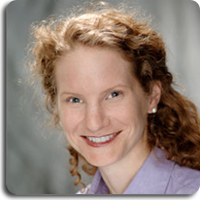 Sharna Goldseker is the director of 21/64 – a nonprofit that helps families make important decisions about philanthropy and helps young donors find their philanthropic voice. Sharna is an expert on the way giving fits into wealth and family relationships. In addition to consulting and speaking extensively on generational transitions, she also facilitates a network of seventy 18-28 year olds who are or will be involved in their family’s philanthropy, and she helped found Slingshot, a funding collaborative for Jewish funders in their 20s and 30s.
Sharna Goldseker is the director of 21/64 – a nonprofit that helps families make important decisions about philanthropy and helps young donors find their philanthropic voice. Sharna is an expert on the way giving fits into wealth and family relationships. In addition to consulting and speaking extensively on generational transitions, she also facilitates a network of seventy 18-28 year olds who are or will be involved in their family’s philanthropy, and she helped found Slingshot, a funding collaborative for Jewish funders in their 20s and 30s.
Works for us. Here she shares some really thoughtful advice about youth giving and the new philanthropy.
TILE: Why should young people consider getting involved in philanthropy
in the first place? Isn’t that something that should be left to
adults?
Sharna: Research shows that each generation brings a unique set of values, skills and experiences to the philanthropic table and therefore at any age, people can contribute to society and learn from one another in the process. For instance, Generation Y (pdf download) (people born between 1980-2000) have grown up with information technology, connected to people around the world, and in a more diverse society then generations before. While older generations may have more years of experience to bring to bear on their philanthropy, Gen Yers can bring their facility with technology to leverage their networks and communicate, advocate and contribute online. Their values of justice, compassion and acceptance of other people bring humanity to their philanthropy. And Gen Yers’ commitment to issues, as well as innovation, often on a global scale, would benefit many non-governmental organizations today. Besides, being a part affecting change that is larger than ourselves can add meaning to our lives.
TILE: What are the first steps that someone can take if they want to get involved?
Sharna: At 21/64, we have found that it’s often hard to think about what to fund or what organization to join before asking ourselves three questions:
What am I inheriting? Not financially, but what are the stories, values, messages my parents and grandparents have passed down to me?
Who am I? What of that family legacy do I want to incorporate into my life today? What are my own values? What are my passions? And then ask,
What do I want to do about it? How can I align my values and my resources to have an impact on the needs of the day? What are the issues that I see as important (e.g. bringing clean water to everyone; providing quality education; enriching people’s lives through art, etc.) that I care about and want to dedicate my time, energy and other resources to?
TILE: What advice would you give to young people who can’t decide where
to focus their philanthropic efforts?
Sharna: It’s not uncommon for people to have trouble deciding where to start when there are so many important challenges to solve in the world. To help with this dilemma, we created Picture Your Legacy, a deck of colorful images from which users can choose those that most speak to the funders they aspire to be and the type of impact they want to have. While the cards include images of arts, the environment and other areas to support, Picture Your Legacy helps users articulate if they want to take risks and invest in social entrepreneurs or support established organizations; consider funding as an individual or in collaboration with others; and, it raises other components of being a thoughtful and strategic funder which are often hard to identify on your own.
TILE: Why do you do what you do? What do you like best about your job?
Sharna: As director of 21/64, a non-profit practice specializing in next generation and multigenerational strategic philanthropy, I get to work with my next generation peers to help them find their own philanthropic identity and move resources to affect change in society. I also consult with families and know how hard it can be to make philanthropic decisions across the generations, especially when funding colleagues are moms, dads, siblings or grandparents. If I can help a family navigate their generational differences and build a way to communicate, then I’m not only helping the family but also helping them be more effective funders.
TILE: What’s the best advice you would give to your teenage self?
Sharna: My great uncle had been in real estate in Maryland and left instructions in his Will for a foundation to be set up upon his death. As someone who grew up knowing there was a charitable foundation that shared her name, I always struggled with earning the right to this “philanthropic inheritance.” After years of serving as an intern at different non-profits and gaining a graduate degree in non-profit management, I came to realize I not only loved the work, but also had an opportunity to make a difference in the world through allocating philanthropic resources. While I didn’t initially earn the assets in the foundation, I can still bring my own values, experiences and skills to bear on the foundation as a member of the Board. Looking back, I would encourage my teenage self to take the time to develop my own identity, figure out who I am, and who I want to be in the world, as I’m now a better family member and foundation director because of it.
>> TILE brings you exclusive opinions, explanations, and interviews from experts in every industry. To read more, click on Ask the Experts in the TILE Library.
Have a burning question or an expert you’d like to see interviewed? Just Ask TILE!
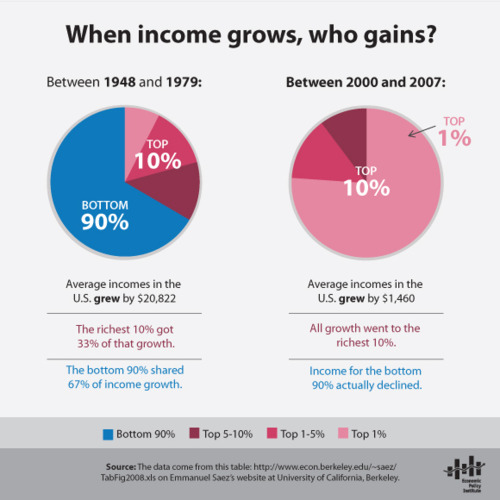

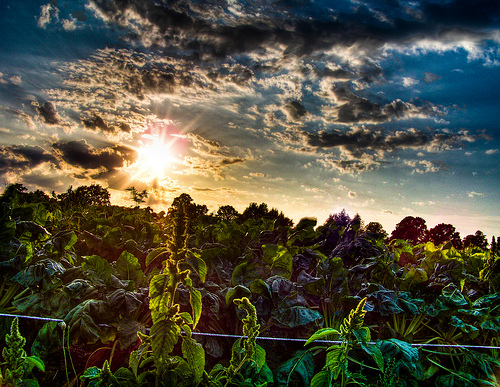
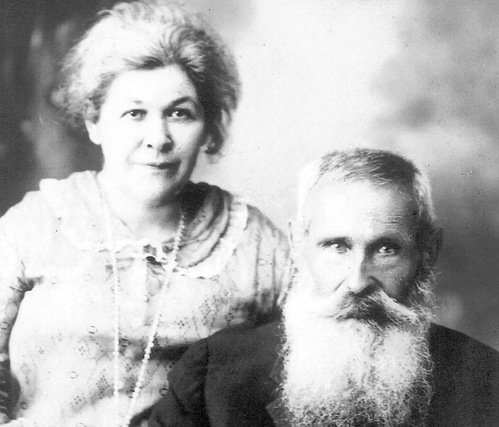
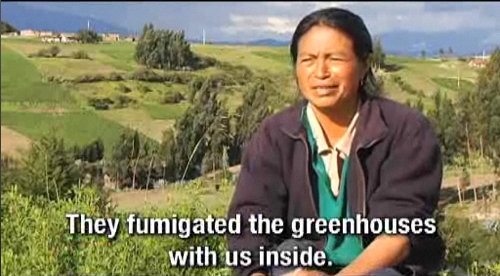
 Sharna Goldseker is the director of 21/64 – a nonprofit that helps families make important decisions about philanthropy and helps young donors find their philanthropic voice. Sharna is an expert on the way giving fits into wealth and family relationships. In addition to consulting and speaking extensively on generational transitions, she also facilitates
Sharna Goldseker is the director of 21/64 – a nonprofit that helps families make important decisions about philanthropy and helps young donors find their philanthropic voice. Sharna is an expert on the way giving fits into wealth and family relationships. In addition to consulting and speaking extensively on generational transitions, she also facilitates